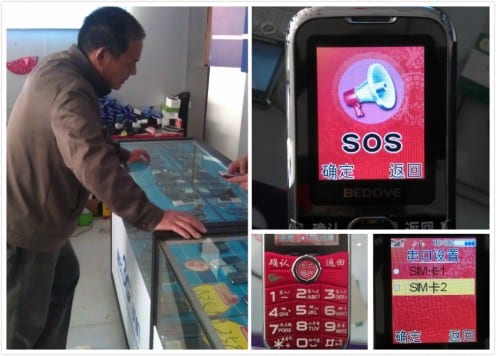Women Entrepreneurs and WhatsApp
By Shriram Venkatraman, on 17 April 2015
A few educated young mothers (aged 35 years or below) at Panchagrami terminate their well paying corporate careers to cater to the needs of their families. These family needs mostly fall under two major categories, namely children and/or in-law issues (specifically mother-in-law). Only a few quote other reasons, such as genuinely wanting to take a break from work, office politics, bad bosses etc., for terminating their careers.
While some return back to work after a couple of years, many don’t. Once they take a break, returning back to their corporate careers is the lowest priority. Continuing family issues, or even concerns such as not getting the right upward mobility in their careers if they were to go back, discourage them from returning to their corporate careers.
A survey of this group at Panchagrami revealed that while 55% or so chose to remain homemakers, the rest decided to change careers. While a few take up online work from home, many decide to take up teaching in private schools where their kids study (this option is a favorite among young mothers, who have a few years of corporate experience).
However, those educated housewives who aren’t able to take up full-time employment, sometimes turn into part time entrepreneurs due to restrictions placed on them for a variety of reasons. By becoming part time entrepreneurs they run small businesses from home, these could be product or service oriented and in several cases it might seem like hobbies that have turned into businesses. Their endeavors could range from catering freshly prepared snacks to producing colorful fancy jewelry or even providing home based tuition for children, music/dance lessons, language lessons etc.
Although becoming an entrepreneur is though, living in large apartment complexes comes in handy. They don’t go in search of customers as, in several cases, their neighbors become their customers. They don’t have any online services, but use communication tools such as WhatsApp to advertise their products and services. Becoming a member of a community based WhatsApp group helps these entrepreneurs to tap into their personal network rather than an open market. They advertise products and services in these groups to a ready consumer base, who prefer to buy from their neighbors for a variety of reasons. While need, price and distance become the major variables, personal trust, supporting the community and mutual understanding are also a few significant.
For example: In making/producing snacks, one of the strategies used is appealing to the needs of their neighbors. Many middle class Indian homes feed their children with a snack at tea time when they return back from school at around 4 PM. An advertisement for an affordable home made snack at around 2:30 PM on a community based WhatsApp group, attracts a lot of customers, several of them being loyal and repeat customers. Similarly, an advertisement for snacks at 6 PM is for the tired spouse who is back from work. Sometimes these snacks are even home delivered within the apartment complex for those who might not be able to pick it up.
Similar is the case of providing music/dance lessons. As several middle class parents at Panchagrami now want their children to be occupied once they are back from school, music/dance classes provide an opportunity for this, while also helping their child build a skill.
All advertisements for products and services are done through WhatsApp rather than any other medium.While there are several factors which contribute to understanding why a particular social media becomes a preferred media by a certain group of people over another media, in this case, the speed of response (though asynchronic – its almost assumed to be synchronic), ease of access to the media (over mobile devices), and economy of using it are a few significant variables which speak to this preference for WhatsApp.
The products/services of these women entrepreneurs are mostly targeted at women consumers and families with children. What is of particular interest here is the strategy of turning a community based personal network on WhatsApp into an asset for coordinating their entrepreneurial activities.
 Close
Close








